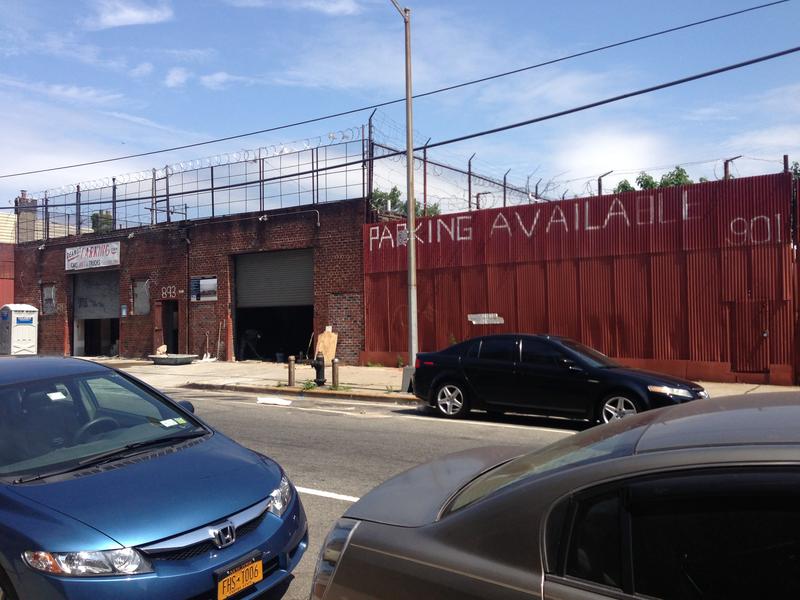The sales prices of residential real estate in the city, especially Brooklyn is reaching new highs. And Mayor Bill de Blasio has set a dramatic goal of increasing affordable housing over the next decade. This has some property owners in parts of the city zoned for industrial use frustrated. In some cases, they wish they could turn their buildings into residential properties. But being zoned industrial makes that close to impossible unless the zoning changes. Some want the city's planning department to step up rezoning efforts and to create a mixed-use designation in more neighborhoods that would allow for light industry on lower floors and apartments above.
Crown Heights, Brooklyn, is one of those neighborhoods. It is fast becoming one of the city's most popular residential areas. According to research from real estate investment sales company Ariel Property Advisors, Crown Heights saw more apartment building sales transactions than any other neighborhood in New York City between October 2013 and March of this year compared to the same period last year.
Industry-zoned section of Crown Heights. Janet Babin/WNYC
"There's definitely significant interest by residential tenants in the area, and naturally property owners would love to be able to rent...to these high paying tenants,"said Jonathan Berman, vice president at Ariel, who often completes sales in the area. "But zoning is what it is."
Despite the strong demand, just six blocks from the frenetic Barclays Center neighborhood, residential buildings give way to low slung garages and windowless warehouses. That's largely because a portion of the area is zoned industrial and no new residential buildings are allowed without a special permit.

Vacant Lot in Crown Heights. Janet Babin/WNYC
Historically, the area serviced freight rail lines that ran along Atlantic Avenue. Now, owners are restricted in how high they can build, often to just one story. Advocates for more construction argue the limitations are out of sync with the current needs of the neighborhood.
"In the residential zones, they're seeing a lot of development, but this area is somewhat stagnant from a development point of view," said Gib Veconi, a member of Community Board 8.
"I don’t know if the case can be made that we need light industrial,light manufacturing here," said Charles McMickens, managing director of Global Square. "Most of the space is used for storage, which isn’t I think, an optimal use for industrial space." McMickens is developing a former 7,000 square foot garage into a performance space and restaurant.

Crown Heights Industrial District. Janet Babin/WNYC
Some area businesses want the de Blasio Administration to consider mixed-use zoning in this portion of Crown Heights that would allow for manufacturing on the lower floors of residential towers. The topic came up at a Long Island City Partnership event last month.
"I know there are ways in which we can make our city a more vertical city but also support manufacturing and industrial uses and that’s going to require engaging with innovative architecture and engineering, and having the [New York City] planning department think a little bit differently, said Alicia Glen, deputy mayor for housing and economic development.
These new industrial aspirations might steal a bit of the spotlight that's been shining on the Mayor's ambitious affordable housing goals,




